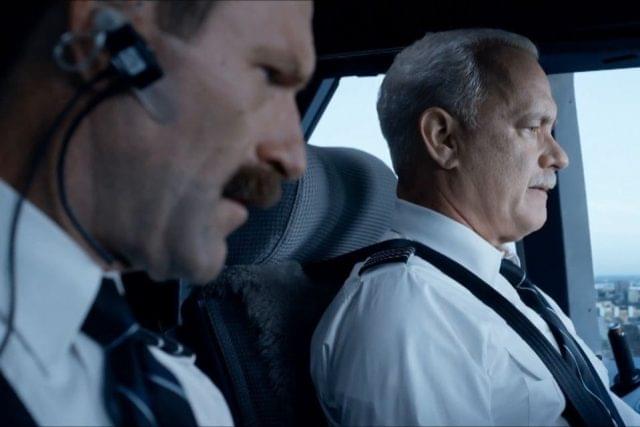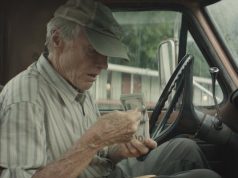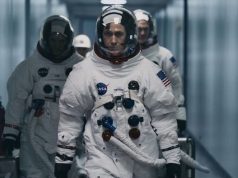
Today on “Why Is This a Movie?,” we’re talking about “Sully,” Clint Eastwood’s dramatization of the January 2009 incident where Capt. Chesley Sullenberger (not a fake name) landed a plane full of passengers on the Hudson River without anyone being hurt. So not only is this a story everyone already knows, but the whole reason everyone knows it — the thing it’s famous for — is that nothing happens in it. An excellent choice for your 357th movie, Mr. Eastwood! A story defined by its lack of drama!
Saving the film from total uselessness, however, is Tom Hanks, national treasure. Just as Sully landed a dead plane smoothly on the river, Hanks grabs the controls from disinterested director Eastwood and flightless screenwriter Todd Komarnicki and brings the whole leaden affair safely to land with minimal carnage. Thanks to Hanks’ gift for Everyman heroism, what might have been a bad movie is instead merely a not-very-good one. (The moment Sully receives confirmation that all 155 people on the plane are safe and accounted for is the moment Hanks earns his salary.)
The Miracle on the Hudson has already occurred when the film begins, and Sully is having nightmares and flashbacks. He and his faithful, severely mustached co-pilot, Jeff Skiles (Aaron Eckhart), have been detained in New York for hearings with the National Transportation Safety Board. Landing in the Hudson (“on the Hudson,” Sully corrects) is frowned upon, even when done successfully, and the NTSB wants to make sure Sully didn’t have other, safer options. Computer simulations suggest he could have made it back to LaGuardia Airport. Sully says no way. Who are you going to believe, your precious computers, or the pilot with 40 years of experience who was THERE in the cockpit and looks like TOM HANKS??
Obviously, the film is about the aftermath as much as the incident itself. Not until 30 minutes in do we backtrack to Jan. 15 to see it play out in detail, from pre-takeoff to water landing. Eastwood handles this sequence with characteristic humble competence, but it would take a far better filmmaker (and maybe an actual wizard) to wring suspense, tension, or fear out of a perilous situation whose outcome — whose happy, casualty-free outcome — has already been reported. The film mechanically introduces us to a handful of passengers, too, like a disaster movie would, but it’s laughable to suggest we feel any connection to them.
And there isn’t anything of note in the aftermath, either. The NTSB people (including Mike O’Malley and Anna Gunn) are superficially stern and skeptical in the face of Sully’s unerring righteousness, but we know they’ll eventually come around to agreeing he did the right thing. Back in whatever Sully’s hometown is (the movie doesn’t say), Laura Linney plays the crucial role of Concerned Wife on Phone, reassuring her husband when the NTSB makes him second-guess himself. There are two flashbacks to Sully’s youth, both of which show his love of flying, neither of which offers additional insight into his character.
And so I ask again: Why is this a movie? What part of the exceedingly familiar, recent true story does it purport to reveal to us? On what aspect of the human condition does it attempt to shed light? The answer, amazingly, is none. I don’t just mean “Sully” fails to convey anything deeper than the basic facts of the event. I mean it doesn’t even TRY to. Eastwood seems to have thought his assignment was to deliver a bare-bones, no-frills, two-dimensional account of something that happened, with no commentary or analysis. Hearing it in the voice of Tom Hanks certainly helps, but it’s still just a dry news story.
C+ (1 hr., 35 min.; )





